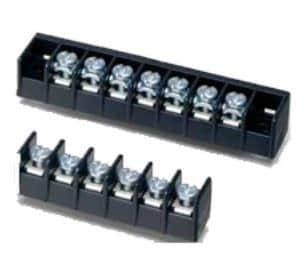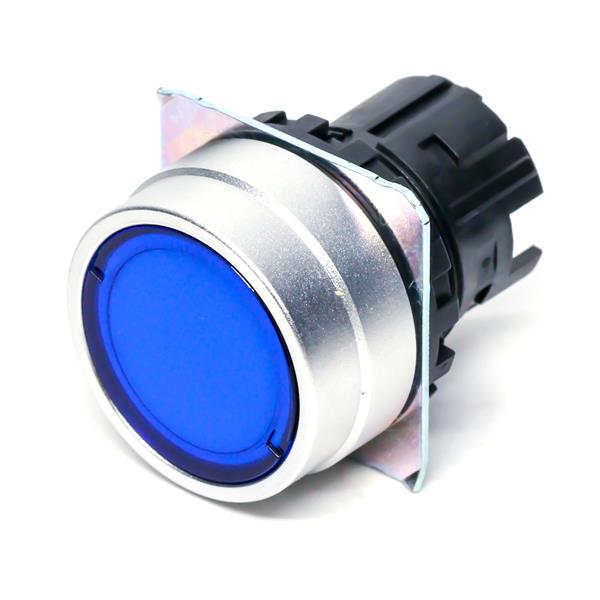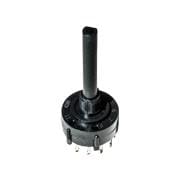NV6115 650 V Single GaNFast™ Power IC (170 mΩ)
Navitas’ power IC is an easy-to-use digital-input, power-output, high-frequency powertrain
 Navitas’ NV6115 is a 650 V GaNFast power IC optimized for high frequency, soft-switching topologies. Monolithic integration of FET, drive, and logic creates an easy-to-use digital-in, power-out high-performance powertrain building block, enabling designers to create the fastest, smallest, and most efficient integrated powertrain. The highest dv/dt immunity, high-speed integrated drive and industry-standard low-profile, low-inductance 5 mm x 6 mm SMT QFN package allow designers to exploit Navitas GaN technology with simple, quick, dependable solutions for breakthrough power density and efficiency. Navitas’ GaNFast power ICs extend the capabilities of traditional topologies such as flyback, half-bridge, resonant, and others to MHz+ and enable the commercial introduction of breakthrough designs.
Navitas’ NV6115 is a 650 V GaNFast power IC optimized for high frequency, soft-switching topologies. Monolithic integration of FET, drive, and logic creates an easy-to-use digital-in, power-out high-performance powertrain building block, enabling designers to create the fastest, smallest, and most efficient integrated powertrain. The highest dv/dt immunity, high-speed integrated drive and industry-standard low-profile, low-inductance 5 mm x 6 mm SMT QFN package allow designers to exploit Navitas GaN technology with simple, quick, dependable solutions for breakthrough power density and efficiency. Navitas’ GaNFast power ICs extend the capabilities of traditional topologies such as flyback, half-bridge, resonant, and others to MHz+ and enable the commercial introduction of breakthrough designs.
GaNFast power IC
Monolithically integrated gate drive
Wide logic input range with hysteresis
5 V/15 V input-compatible
Wide VCC range (10 V to 30 V)
Programmable turn-on dv/dt
200 V/ns dv/dt immunity
650 V eMode GaN FET
Low 170 mΩ resistance
Zero reverse recovery charge
2 MHz operation
Environmental
RoHS, Pb-free, REACH-compliant
Small, low-profile SMT QFN
5 mm x 6 mm footprint, 0.85 mm profile
Minimized package inductance
AC to DC, DC to DC, DC to AC
Buck, boost, half bridge, full bridge
Active clamp flyback, LLC resonant, Class D
Mobile fast-chargers, adapters
Notebook adapters
LED lighting, solar micro-inverters
TV/monitor, wireless power
Server, telecom, and networking SMPS









